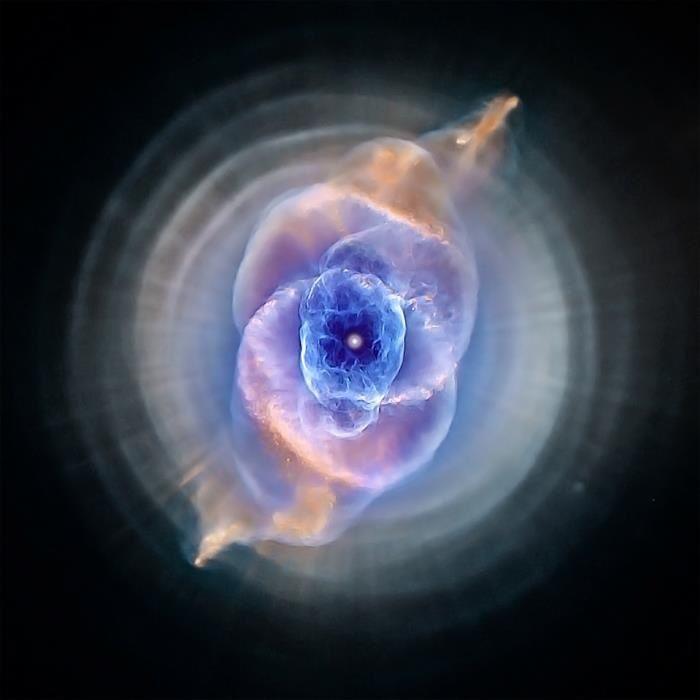What glows there? The answer depends: sea or sky? In the sea, the unusual blue glow is bioluminescence. Specifically, the glimmer arises from Noctiluca scintillans, single-celled plankton stimulated by the lapping waves. The plankton use their glow to startle and illuminate predators. This mid-February display on an island in the Maldives was so intense that the astrophotographer described it as a turquoise wonderland. In the sky, by contrast, are the more familiar glows of stars and nebulas. The white band rising from the artificially-illuminated green plants is created by billions of stars in the central disk of our Milky Way Galaxy. Also visible in the sky is the star cluster Omega Centauri, toward the left, and the famous Southern Cross asterism in the center. Red-glowing nebulas include the bright Carina Nebula, just right of center, and the expansive Gum Nebula on the upper right.
Source: NASA


I hope I get to go to a dark-sky area someday and see the sky. I know it won’t look like this obviously but it’ll be a lot cooler than what my light-polluted sky looks like
Yeah, it’ll never be this dramatic, but you’ll be astounded by how many stars, and how large they seem, when you get to a dark site. Even getting to a Bortle 5 location like I live in and letting your eyes properly adjust to night vision, the amount of stars is pretty spectacular. Not sure where you live, by check out a site like DarkSkyMap and you may be surprised to find some areas with less light pollution not too far from you.